More appliance jargon – a glossary of appliance terms
August 5th, 2013
We get a lot of questions about appliances here at Appliances Online. That’s a good thing, because it’s our job to answer them!
We’ve previously taken you through a selection of appliance terms that have proven confusing before, and now we’re back with a second helping:
Agitators, impellers and pulsators
Found in top-loader washing machines, these appliance components all do the same basic job, but each in a different way.
You may already be familiar with the agitator – and it isn’t that irritating guy at work. Rather, it is the central column in a top-loader’s drum that rotates in the opposite direction of the spin. This moves your clothes about (or “agitates” them) to ensure that every surface of every garment receives an even amount of water and detergent.
The problem you sometimes get with a traditional agitator is that the clothes can often get caught on the thing, becoming tangled, stretched and even getting damaged through the course of your wash. Also, the room taken up by a large central agitator can sometimes make it difficult to fit large items such as doonas inside the washer.
This is why some washing machines use impellers and pulsators to create a similar effect without the same drawbacks. An impeller or pulsator is usually something similar to a fan, positioned at the base of the washer. By spinning in the opposite direction to the drum, a counter-current is created in the water that allows the clothes to rotate and spin with reduced dist of snagging, tangling and tearing. Some washing machines also release jets (or “pulses”) of water into the current using their pulsators, for even more movement in your laundry and, hopefully, a more thorough clean.
Inverter
We previously told you all about the inverters used in certain models of microwave. But what about the inverters used in the motors of certain washing machines and dryers, and in the compressors of selected fridges and air conditioners?
To answer this question, we need to delve into exactly what an inverter is. Without getting too technical, an inverter is a kind of power converter that can switch an electrical current from direct current (DC) to Alternating Current (AC) (you can learn more about AC/DC in our blog on format wars).
In practice, an inverter’s ability to manipulate a power supply on the fly can be used to run a motor at varying speeds, rather than switching it on or off, as demonstrated in this video from Samsung that features adorably anthropomorphised compressors:
In the laundry, an inverter in an appliance motor allows it to run more quietly and operate more efficiently, using less energy. Similarly, fridges and air conditioners with inverter compressors can control the flow of refrigerant through their systems more gently to maintain a moderate temperature, rather than repeatedly switching on and off, running at full throttle each time.
Ventilation Gap or Minimum Air Clearance
A fridge’s ventilation gap or minimum air clearance is the empty gap between the fridge and its surroundings. This space allows waste air and heat to flow around the fridge so that the appliance can run more efficiently, keeping food cooler while using less energy.
If a fridge’s description provides a recommended size of ventilation gap, be sure to check your kitchen’s measurements before committing to a purchase.
Holiday Mode
We did a whole other blog post about this, but the gist of it is that Holiday Mode is a fridge setting that minimises your fridge’s power usage during times of little use, such as when you go away on extended holiday. Never come back from a trip away and be stuck with an electric bill surprise!
Catalytic oven
If you’re after a self-cleaning oven, you’ve basically got two options to choose from – pyrolytic and catalytic.
The pyrolytic model we’ve gone through in our previous look at appliance jargon – it basically can heat up to supernova and annihilate any dirty food splashes on its interior, reducing them to a fine ash.
A catalytic oven uses a similar principle to accomplish a similar goal, but in a different way. The inside of a catalytic oven in covered in specially-treated liners that absorb food splashes.
When your oven reaches a high temperature (around 200 degrees or so, which is much lower than the 500 degrees or so of a pyrolytic oven), a chemical reaction takes place that reduces the food splashes to a fine dust that drops to the bottom of the oven. This means that these ovens can clean themselves even while you’re cooking (provided you cook at high temperatures), though you will need to replace the catalytic liners every so often.
Dual fuel
This term threw me when I first heard it, but it’s much simpler than you’d expect. It has nothing to do with the breakfast you eat before going out for pistols at dawn – that would be “duel fuel” (boom boom!).
Essentially, a dual fuel oven can use both electricity AND gas to give you the best of both worlds when it comes to cooking.
The most common version of a dual fuel oven involves an electric oven and a gas cooktop, but it is possible to find other variations as well, such as a gas oven with an induction cooktop, for rapid pre-heating and precise control over your frying.
Telescopic shelf holders
No, they don’t let you see things far away.
Instead, they slide in and out smoothly while remaining balanced, so you can load ‘em up with food platters and concentrate on cooking, rather than wrestling with your cookware to prevent sudden crashes.
Carbon or charcoal filter
“Carbon” is often a dirty word in this day and age, what with taxes and offsets and more being associated with it. But when it’s in a recirculating rangehood filter, carbon is a good thing, collecting all of the grease and grot that passes through your rangehood and allowing clean air to be returned to your kitchen.
Of course, these do need to be replaced every few months or so on average (check with the manufacturer). Similar filters can also be found in selected models of vacuum cleaner.
Anti-flood devices
No, these won’t do much to help protect your home next time the river bursts its banks or the local storm drain starts overflowing.
However, these attachments to the pipes of selected dishwashers will cut off the flow of water through the appliances directly at the tap in case of leaks, so that you won’t end up with a wet kitchen if disaster does strike.
Ion exchangers, water softeners and dishwasher salt
While most metropolitan areas in Australia have a water supply that plays nicely with appliances, certain are supplied with hard water (often bore water) that is filled with minerals which can not only make you sick, but interfere in the operation of your appliances.
If hard water runs through your dishwasher, you’re gonna have a bad time. The minerals might start building up in the dishwasher’s delicate working parts, and even get into your wash, discolouring your delicate glassware and generally messing up the place.
To circumvent this problem, opt for a dishwasher that integrates a water softener (sometimes called an ion exchanger) to filter the minerals from hard water, ‘softening’ it. Your best bet may be to search for a European brand of dishwasher – we understand that hard water is not uncommon in the Olde Country, so these brands are often more likely to include water softeners in their designs, even for their Australian models. Check with the Appliances Online team if you’re unsure.
Dishwashers that include an ion exchanger or water softener will often require special dishwasher salt to do their best work. This isn’t ordinary table salt, but rather a specially-formulated chemical concoction designed to bond with the minerals typically found in hard water and dissolve them. Of course, it does need to be topped up from time to time – check with the manufacturer if you need some more.
Cold press juicer
Many juicers and blenders produce juices with a rapid whirring and grinding action. While the juice produced in this manner certainly isn’t bad, it’s not always the most nutritious. After all, violent processing can damage the delicate cells of fruit and veg, and the heat generated by the motor can also deactivate certain key enzymes.
A cold press juicer does exactly what it says on the tin – it makes juice by pressing gently on the fruit rather than using a motor, which keeps the results cool and intact for a more nutrient-rich juice.
Powerhead/powerbrush
Seen in a few different vacuum cleaners under different names (depending on the brand), these vacuum cleaner heads integrate a miniature motor that supplements the main engine.
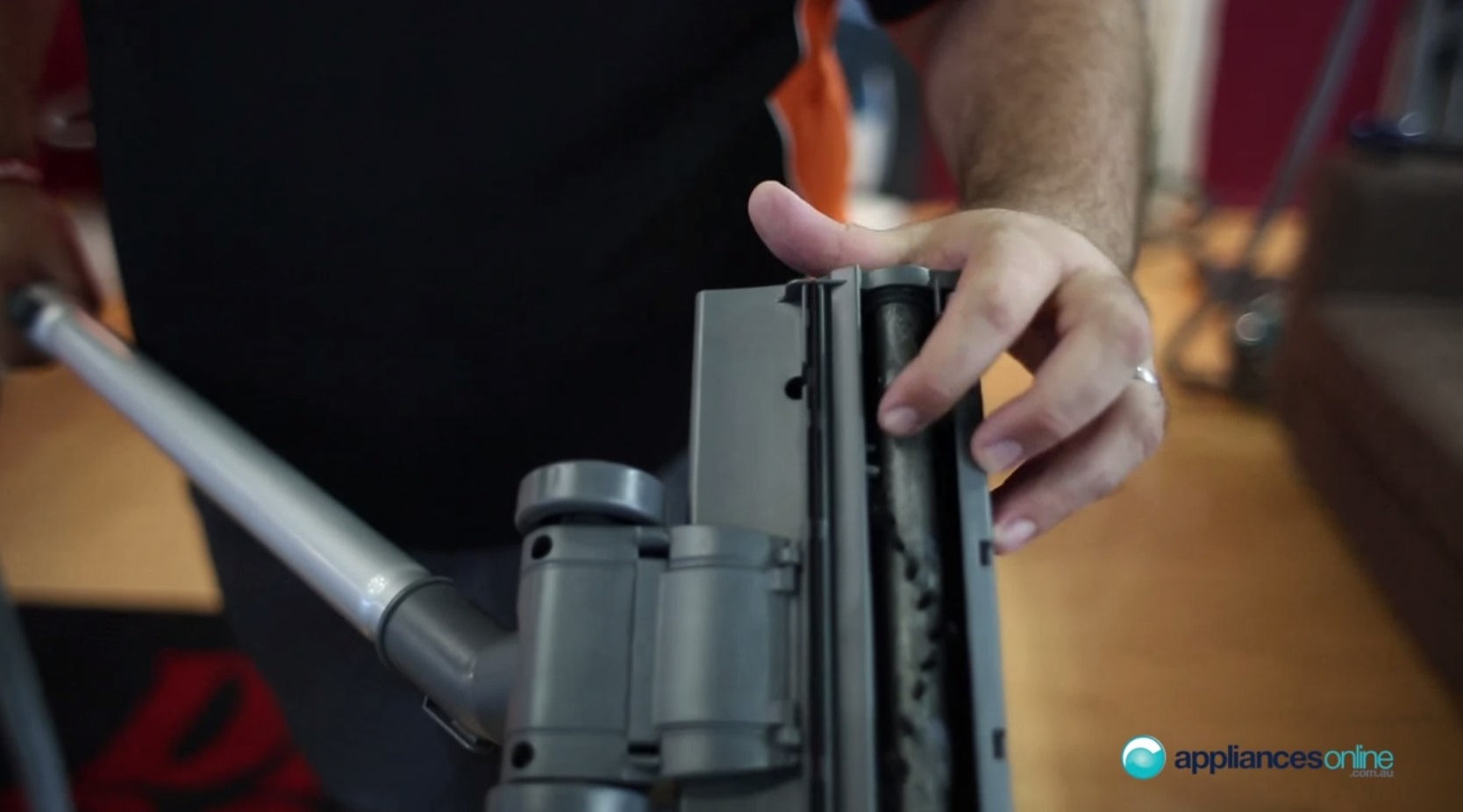 A Vax representative points out the Vax Turbo Brush
A Vax representative points out the Vax Turbo Brush
This mini-motor rotates a stiff-bristled brush inside the cleaner head, which is ideal for digging ground-in dirt and animal hair out of carpets.
Cleaning radius
A rough indication of how much of your home a vacuum cleaner or similar appliance can clean, based on the length of its power cord.
The longer the cord, the more of the house you’ll be able to clean without unplugging the vacuum and relocating it to the next power point.
Ioniser or electrostatic filter
Used in certain air conditioners and air purifiers, an ioniser or electrostatic filter may sound a lot like some kind of energy-proof sci-fi forcefield, but it’s much less exciting (unless you really love appliances).
Essentially, when air passes through a field of negatively-charged ions generated by the ioniser of an air conditioner, air purifier, or even selected fridges and vacuums, the ions attach themselves to the nasty particles and neutralise them, ensuring cleaner air overall.
If there’s any other piece of appliance terminology or jargon that leaves you scatching your head, let us know and we’ll do our best to shed a little light upon it.




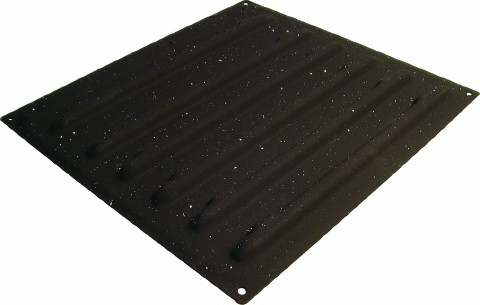

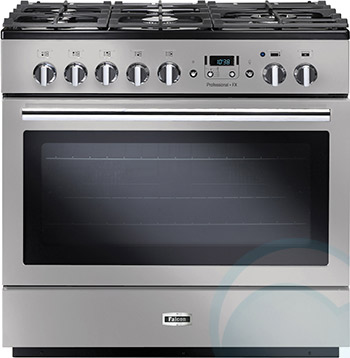
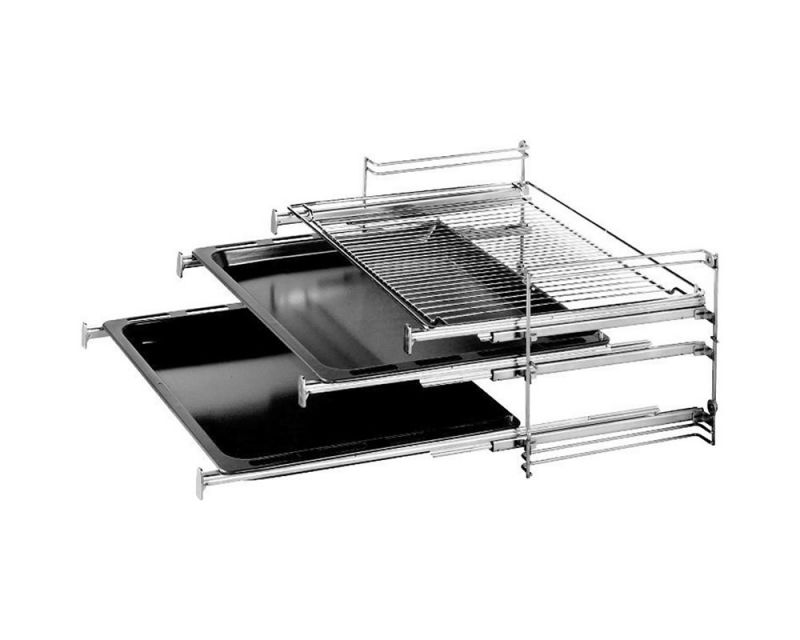
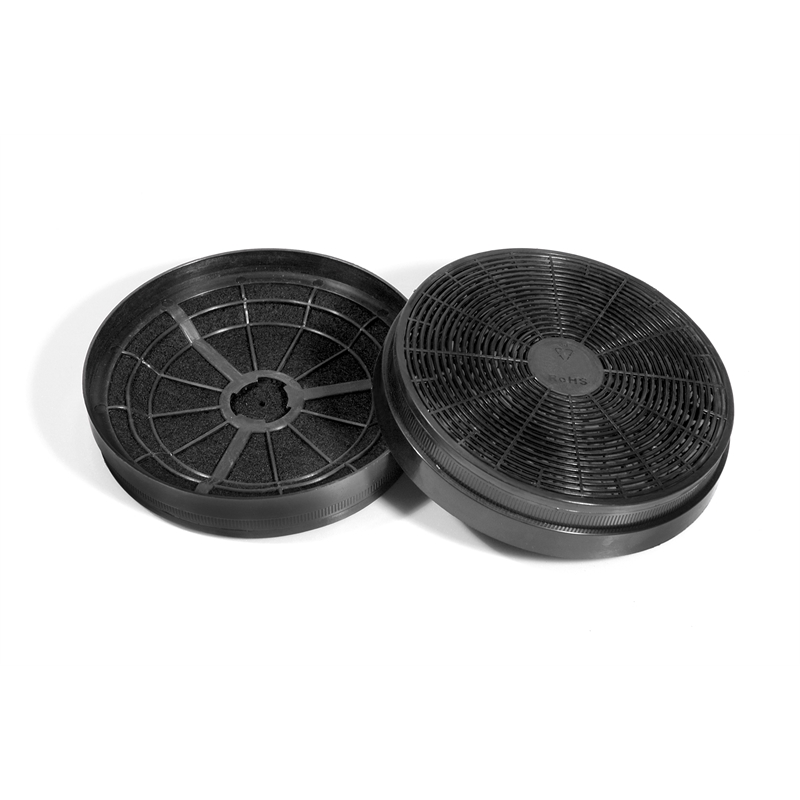

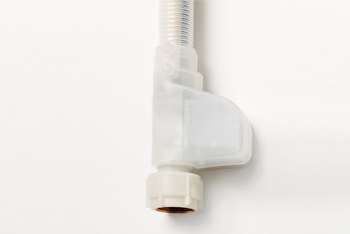
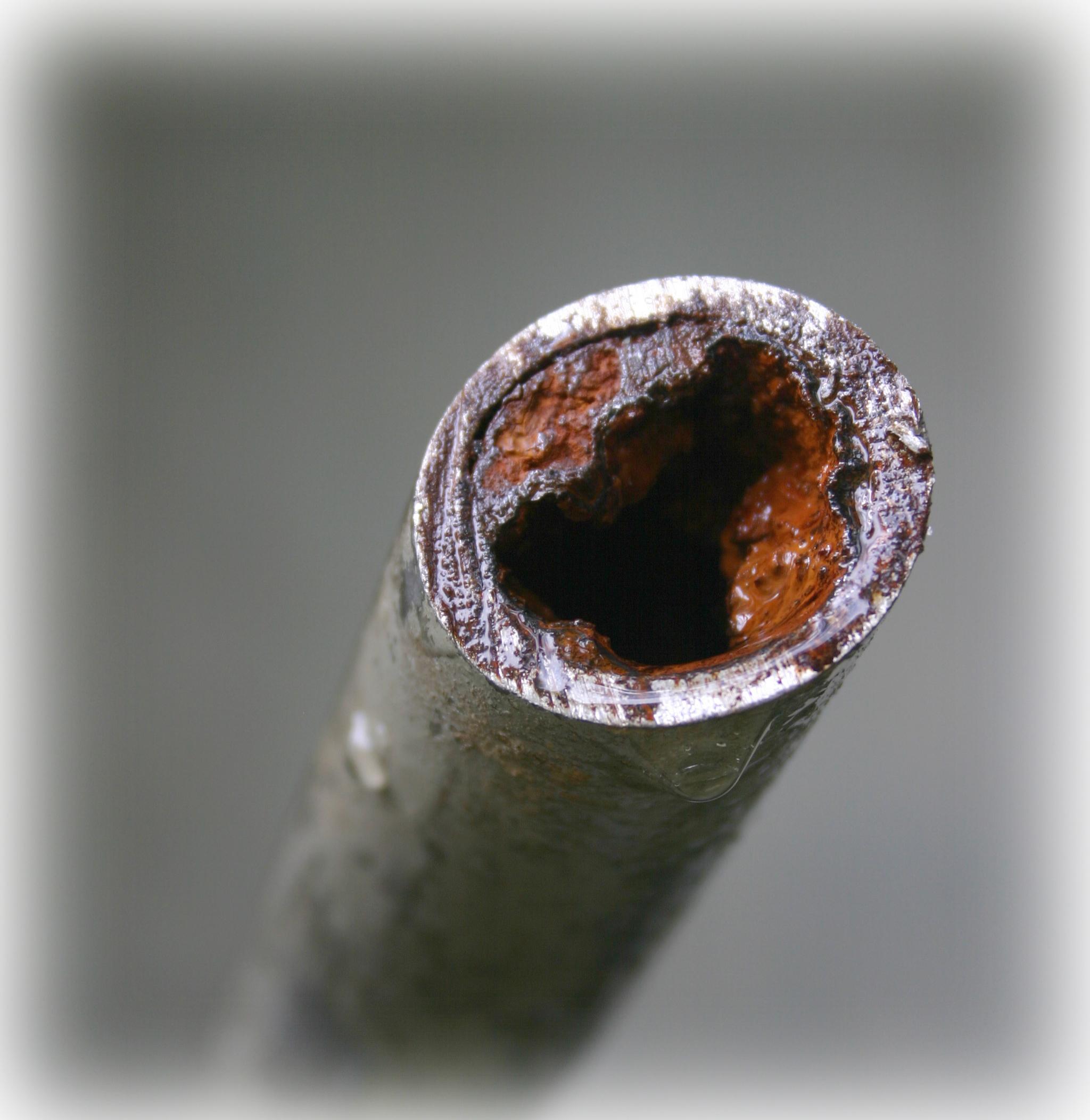
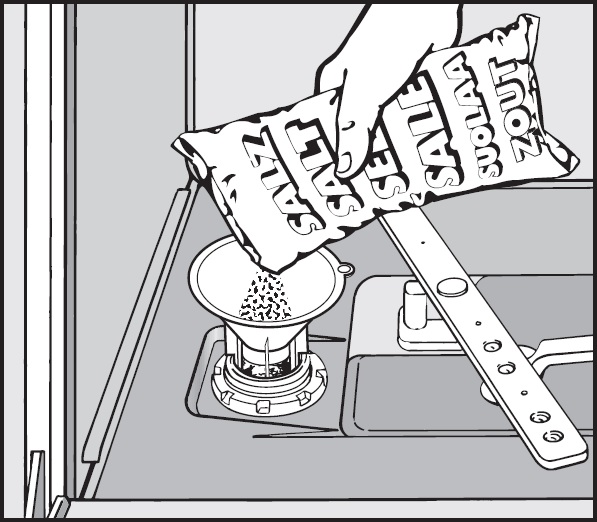
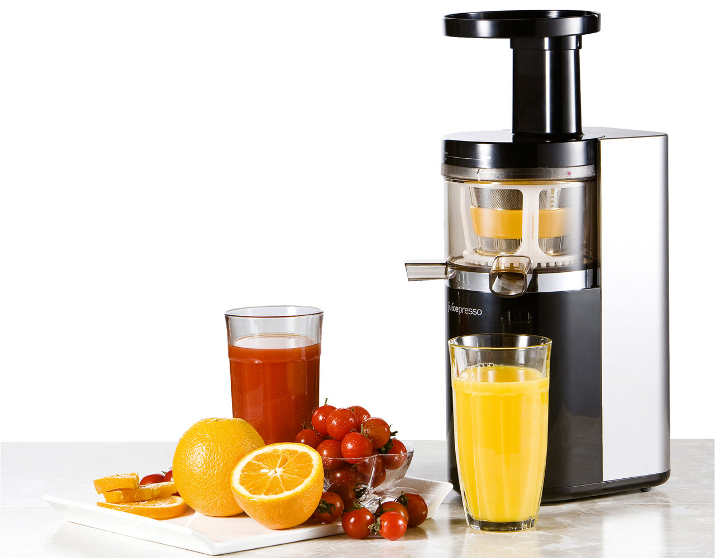


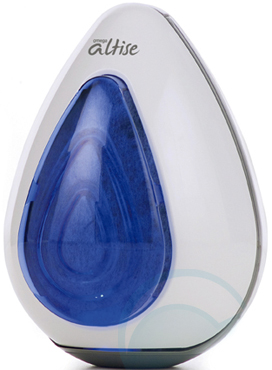

Leave a Reply